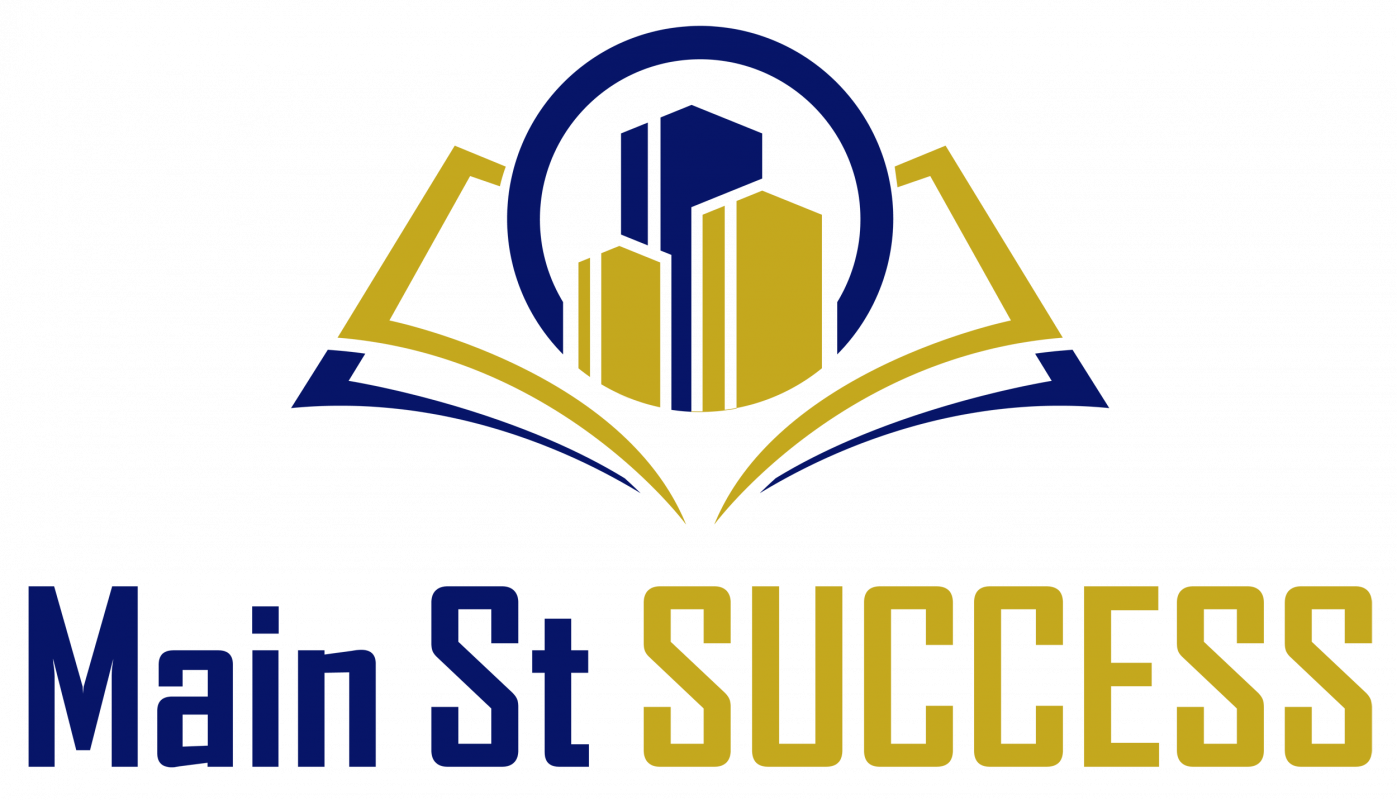In the ever-evolving landscape of the professional world, career moves have become more than just a trend; they are now a necessity for personal and financial growth. Embracing change and making smart career moves can pave the way for a fulfilling and rewarding professional journey. This article explores the essential steps to navigating the art of career transitions with confidence and purpose.
Understanding the Need for Smart Career Moves
Before taking the leap, it’s crucial to recognize the signs that indicate it’s time for a career change. Feeling stagnant, unfulfilled, or disconnected from your current job are telltale signs that a change is in order. Embracing change can lead to a myriad of benefits, such as increased job satisfaction, improved work-life balance, and enhanced personal development. Overcoming fears and obstacles associated with career moves is essential; it’s natural to be apprehensive, but acknowledging your aspirations can help you find the courage to take that leap.
This section delves deeper into the reasons why understanding the need for career moves is vital for individuals seeking a fulfilling and successful career journey.
- Recognizing Signs for Change: It’s essential to pay attention to the signs that indicate a career change may be necessary. Feeling stagnant, unfulfilled, or disconnected from your current job are clear indicators that it’s time to consider a change. These feelings often arise when your skills and passions are not aligned with the responsibilities of your current role, or when the company culture does not resonate with your values. Recognizing these signs allows you to proactively address the issue and explore new opportunities.
- Benefits of Embracing Change: Making smart career moves comes with a host of benefits. It can lead to increased job satisfaction, which in turn can positively impact overall well-being and mental health. A new career path may also provide greater opportunities for personal growth, skill development, and challenges that promote continuous learning. Moreover, career moves can lead to higher earning potential and better prospects for career advancement, making it a vital step towards achieving financial stability and success.
- Adapting to Evolving Industries: In today’s rapidly changing job market, industries are continually evolving due to technological advancements and shifting market demands. As certain industries grow, others may decline. Understanding the need for career moves enables individuals to anticipate these changes and proactively transition into sectors that offer more promising and sustainable opportunities.
- Navigating Economic Uncertainties: Economic fluctuations can impact job security in various sectors. Embracing change in one’s career allows individuals to diversify their skill sets and explore industries that are more resilient to economic downturns. This adaptability can provide a safety net during challenging economic times and reduce the risk of prolonged unemployment.
- Embracing Lifelong Learning: Career moves often involve learning new skills or acquiring additional qualifications. Embracing change encourages individuals to engage in continuous learning, which not only enhances their employability but also fosters personal development. Lifelong learning opens up new possibilities and keeps professionals competitive in an ever-changing job market.
- Staying Relevant in a Globalized World: Globalization has made the job market more interconnected than ever before. Companies now seek talent globally, and job seekers are not limited by geographical boundaries. Understanding the need for career moves allows individuals to stay relevant and competitive in a globalized world, where adaptability and diverse skill sets are highly valued.
Identifying Your Goals and Aspirations
One of the fundamental steps in making smart career moves is to identify your goals and aspirations with utmost clarity. Without a clear sense of direction, career transitions can feel aimless and lead to uncertainty. This section explores the importance of defining your goals and aspirations and provides guidance on how to do so effectively.
- Reflecting on Your Passions and Interests: Start by reflecting on your passions and interests. Consider the activities that bring you joy and fulfilment, both inside and outside of work. Identifying what truly excites you will help you align your career with your genuine interests, making it more enjoyable and rewarding.
- Assessing Your Skills and Strengths: Conduct an honest self-assessment to recognize your unique skills, strengths, and talents. Identify the areas where you excel and the qualities that set you apart from others. Acknowledging your strengths will allow you to leverage them in your career move, increasing your chances of success and satisfaction.
- Defining Your Long-Term Career Objectives: Envision where you want to be in the long term. What are your career aspirations five years from now? Ten years? Having a clear long-term vision will serve as a guiding light throughout your career journey and help you make choices that align with your ultimate goals.
- Setting Short-Term Milestones: While long-term goals are essential, breaking them down into manageable short-term milestones is equally crucial. Setting achievable and measurable goals for the next six months to a year will provide you with a sense of direction and progress, keeping you motivated and focused.
- Aligning with Your Values: Consider your values and beliefs. What kind of work environment and company culture do you thrive in? Ensure that your career moves align with your values, as this alignment fosters a sense of fulfilment and enhances your overall job satisfaction.
- Exploring New Possibilities: Be open to exploring new possibilities. Sometimes, your true passion or ideal career may lie in a field or role you haven’t considered before. Embracing change allows you to step outside of your comfort zone and discover exciting opportunities that align with your aspirations.
- Seeking Inspiration and Guidance: Look for inspiration from individuals who have succeeded in their career transitions or have pursued similar paths. Seek guidance from mentors, career coaches, or industry professionals who can provide valuable insights and help you refine your career goals.
- Continuous Learning and Skill Development: Keep in mind that career goals and aspirations can evolve over time. Embrace continuous learning and skill development to remain adaptable and relevant in a changing job market. Stay informed about industry trends and advancements to position yourself for future opportunities.
- Balancing Personal and Professional Aspirations: Strive for a balance between your personal and professional aspirations. Consider how your career moves will impact your overall life goals, including family, relationships, and personal growth. Ensuring alignment between your personal and professional aspirations will lead to a more harmonious and fulfilling life.
Exploring Opportunities and Options
The world is brimming with possibilities, and research is your best ally when exploring career options. Investigate different industries and job roles to find the best fit for your skills and interests. Network with professionals and seek guidance from mentors who can share valuable insights and experiences. If needed, consider pursuing further education or acquiring new skills to make your transition smoother and more successful.
Making Informed Decisions
Making a career move is a significant decision that requires careful consideration. Weigh the pros and cons of each potential move and analyze the risks and rewards. Seek advice from trusted professionals and peers to gain different perspectives. Combining all this information will enable you to make informed decisions that align with your long-term goals and personal values.
Embracing Flexibility and Adaptability During Smart Career Moves
In a rapidly changing job market, flexibility and adaptability are invaluable traits. Embrace the idea that your career journey may not always follow a linear path. Be open to new possibilities and unexpected opportunities that may come your way. Learn from setbacks and view them as opportunities for growth and improvement, adjusting your course as needed.
Crafting a Successful Career Transition Plan
To navigate the complex landscape of smart career moves, a well-structured plan is essential. Set realistic timelines and establish clear benchmarks to measure your progress. Create a step-by-step action plan, outlining the tasks you need to complete to achieve your goals. Leverage your existing network and build new connections to support you during your transition.
This section outlines the key steps to craft a successful career transition plan:
- Set Clear Objectives: Define your career transition objectives with clarity. Outline what you want to achieve through the transition, whether it’s acquiring new skills, entering a different industry, or pursuing a leadership role. Specific and measurable objectives will serve as guideposts throughout the process.
- Research and Explore Options: Conduct thorough research on potential career paths, industries, and companies that align with your goals and aspirations. Consider the demand for your skills in the market and identify sectors with promising growth opportunities. Networking and informational interviews can provide valuable insights during this stage.
- Assess Skills and Competencies: Identify the skills and competencies required for your desired career. Conduct a gap analysis to identify areas where you may need to acquire or enhance skills. This assessment will help you tailor your training and development plan.
- Invest in Training and Development: Enroll in courses, workshops, or training programs to develop the skills needed for your chosen career path. Look for both formal education and informal learning opportunities to broaden your knowledge and expertise.
- Update Your Resume and LinkedIn Profile: Tailor your resume and LinkedIn profile to highlight relevant experiences, skills, and accomplishments that align with your new career goals. Showcase transferable skills that demonstrate your ability to excel in the new role.
- Leverage Your Network: Inform your network about your career transition plan and seek advice and support. Your connections may be able to refer you to opportunities or provide valuable insights about the industry you’re entering.
- Attend Networking Events and Industry Seminars: Engage in industry-specific networking events and seminars to expand your connections and gain knowledge about your target field. Networking can lead to potential job opportunities and valuable industry insights.
- Prepare for Interviews: Practice interview skills that emphasize your transferable skills and demonstrate your passion for the new career path. Tailor your responses to show how your previous experiences make you an asset in the new role.
- Identify Potential Employers: Research and compile a list of companies and organizations that offer opportunities aligned with your career goals. Keep track of their job openings and application deadlines.
- Create a Timeline and Action Plan: Set a realistic timeline for your career transition, considering the time needed for skill development, networking, and job searching. Create a detailed action plan with specific tasks and deadlines to keep yourself accountable.
- Seek Feedback and Adapt: Throughout the transition, seek feedback from mentors, career coaches, and industry professionals. Be open to adapting your plan based on the feedback you receive to improve your chances of success.
- Stay Resilient and Persevere: Career transitions can be challenging and may involve setbacks. Stay resilient, maintain a positive mindset, and persevere through obstacles. Trust in the process and remain committed to your long-term career vision.
Navigating Challenges During the Transition
Amidst change, challenges may arise. Coping with uncertainty and managing stress are critical skills during this period. Acknowledge that resistance from family and friends might be present, but stay true to your aspirations. Maintain confidence and self-belief, knowing that each step taken is a step closer to a brighter future.
Embracing your Smart Career Moves Journey
Throughout your career move, celebrate successes and milestones along the way. Embrace the value of continuous learning and professional development. Reflect on your personal growth and accomplishments, recognizing the positive impact that embracing change has had on your life.
The art of making smart career moves lies in embracing change and trusting the process. By understanding the need for career moves, identifying your aspirations, and exploring various options, you’ll be better equipped to make informed decisions. Embrace flexibility, craft a robust transition plan, and navigate challenges with resilience. Embracing the journey wholeheartedly will lead to a fulfilling and successful professional life, where each move becomes a stepping stone towards a brighter and more rewarding future.

